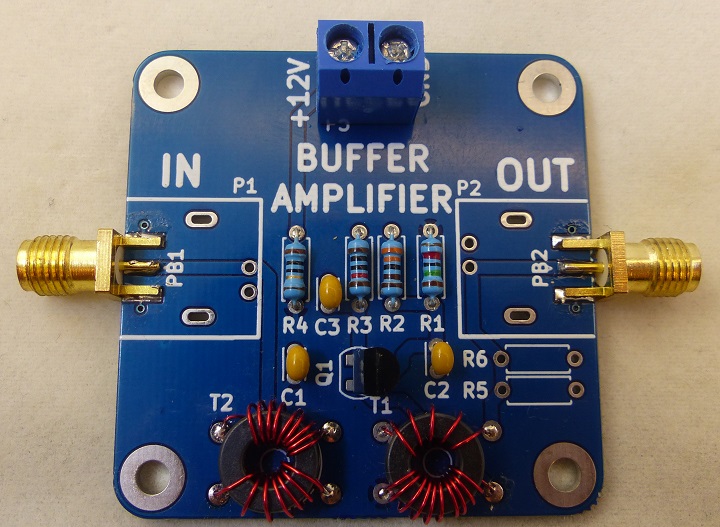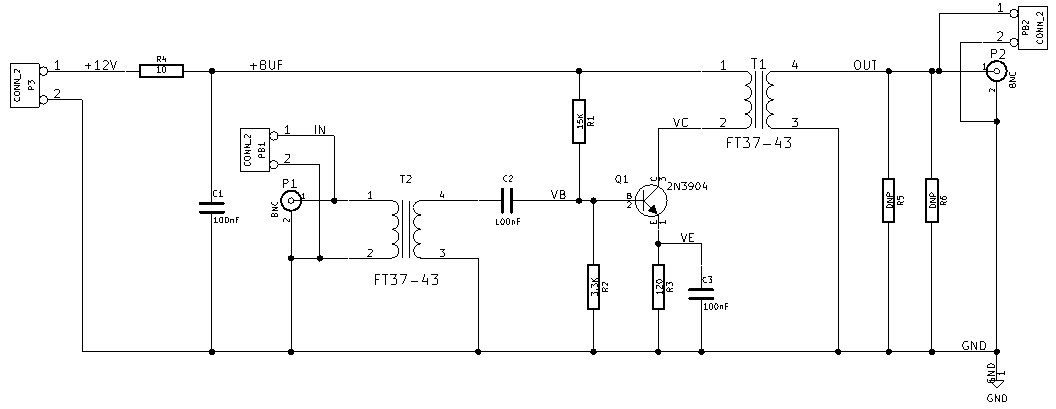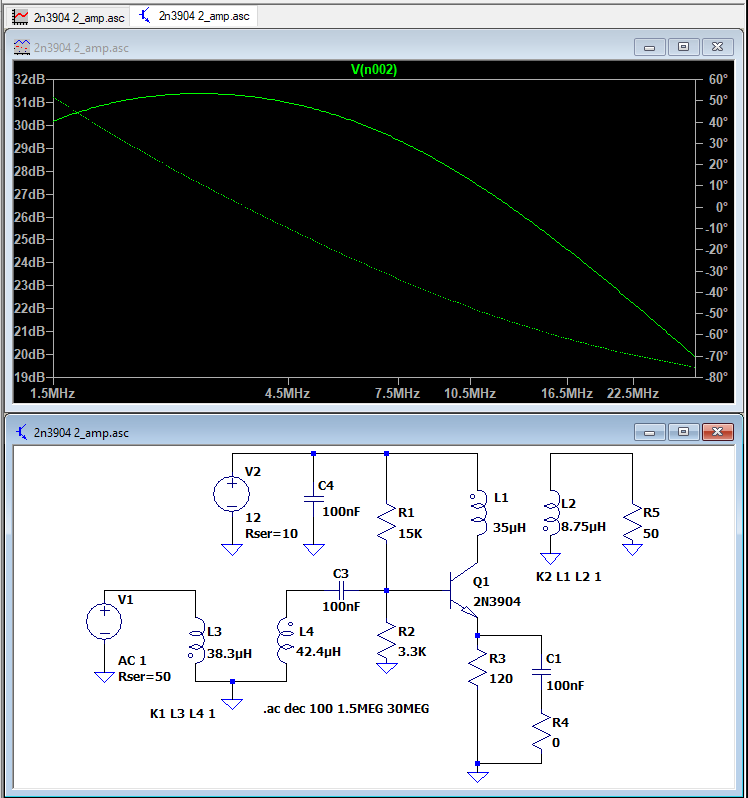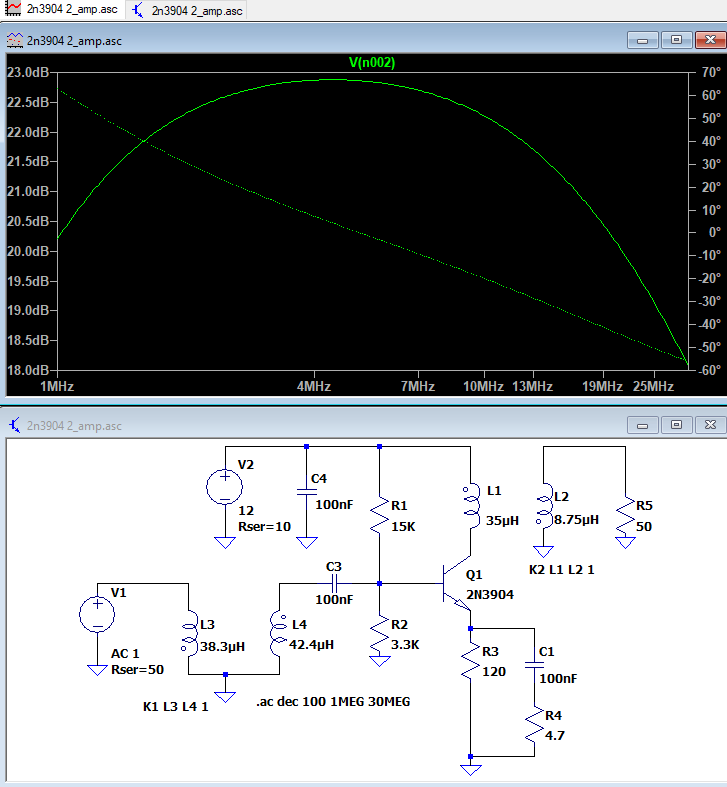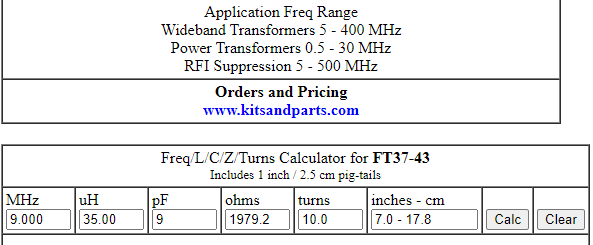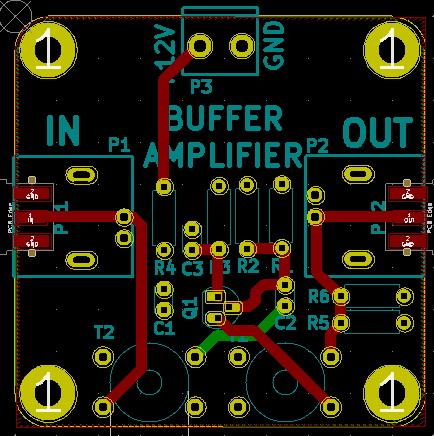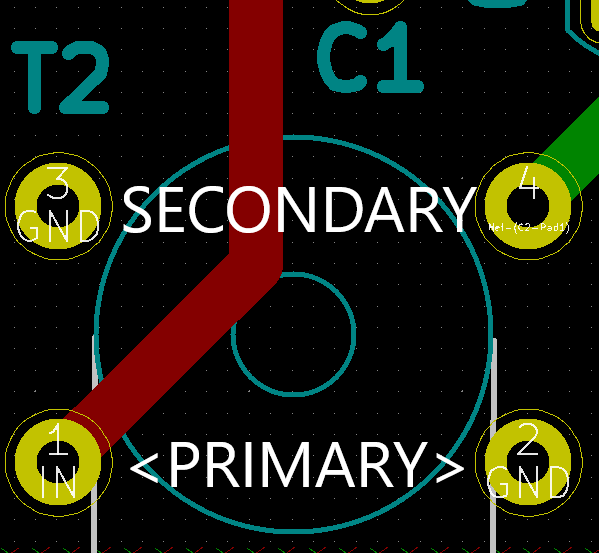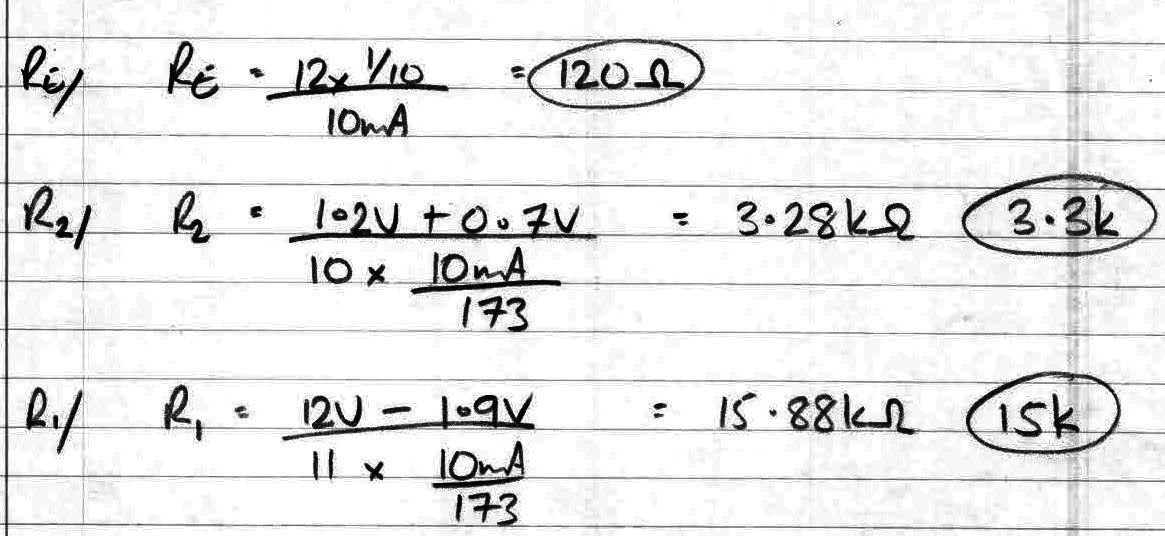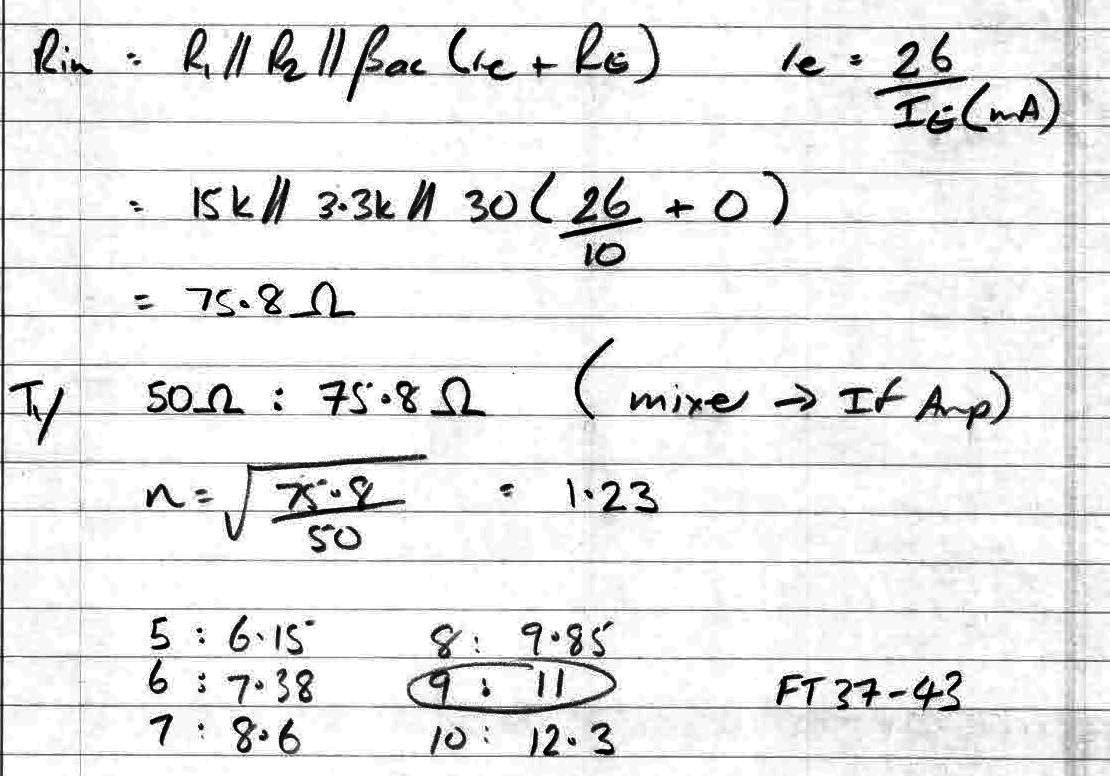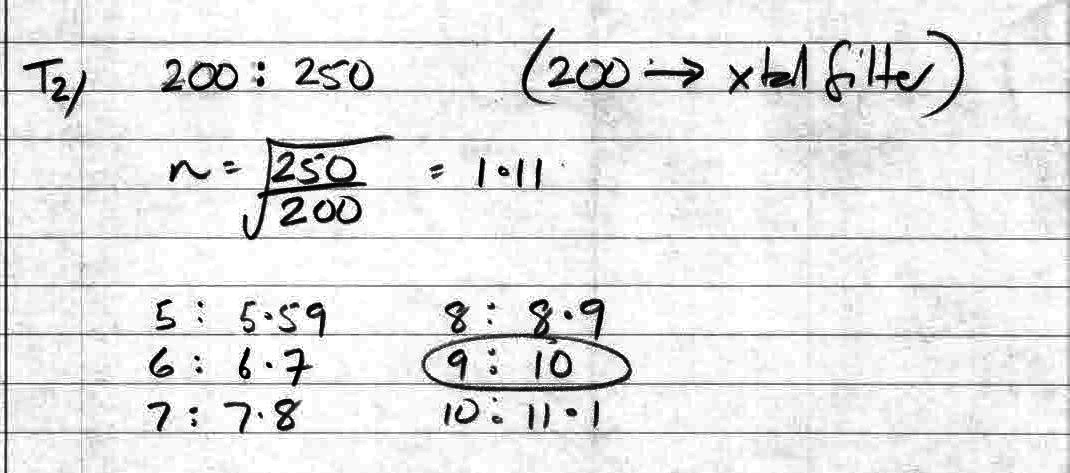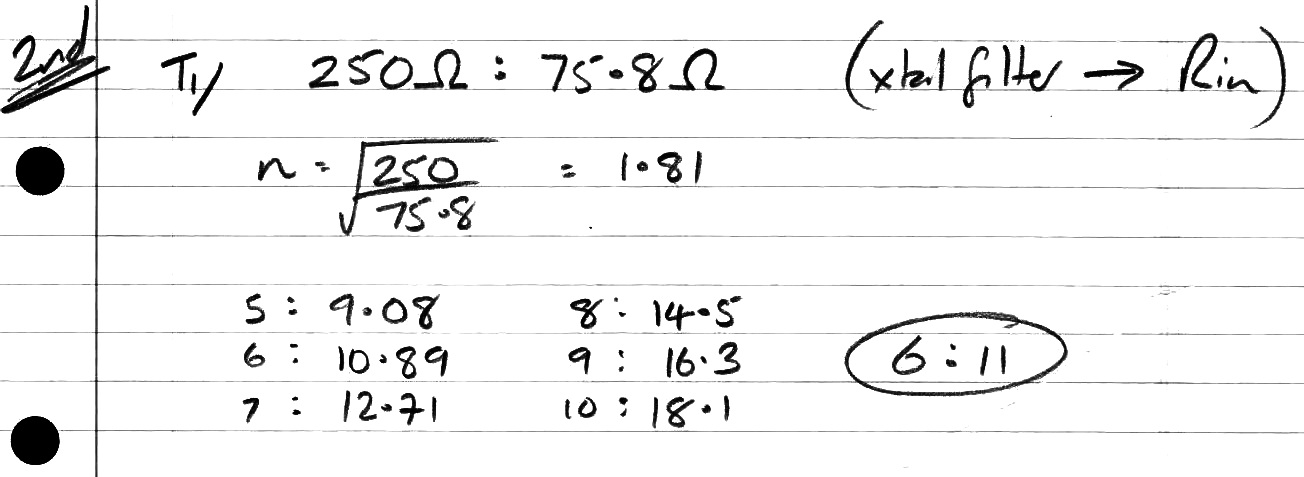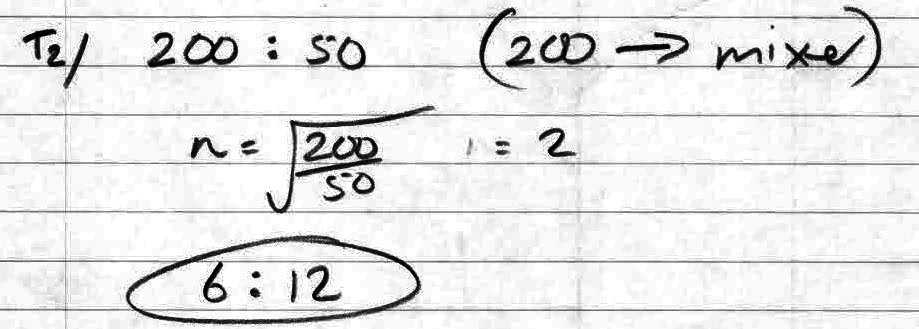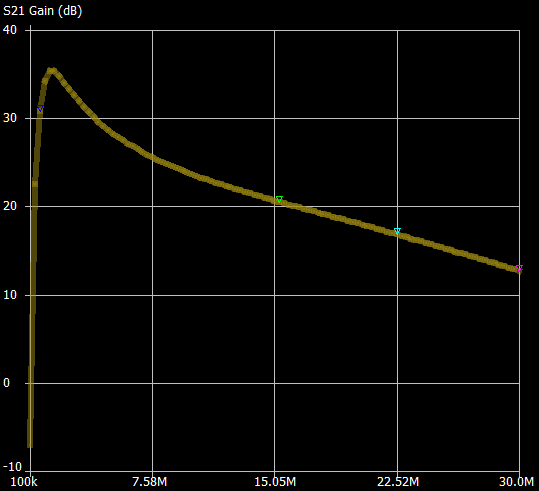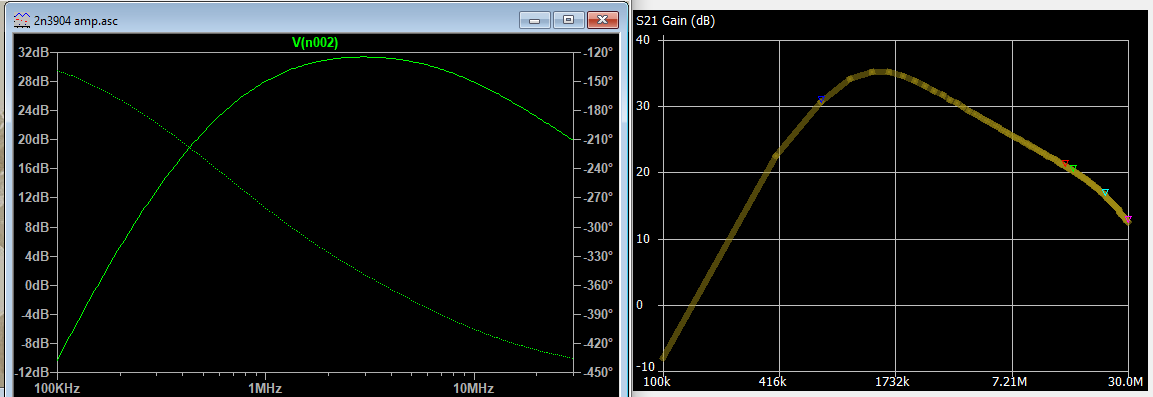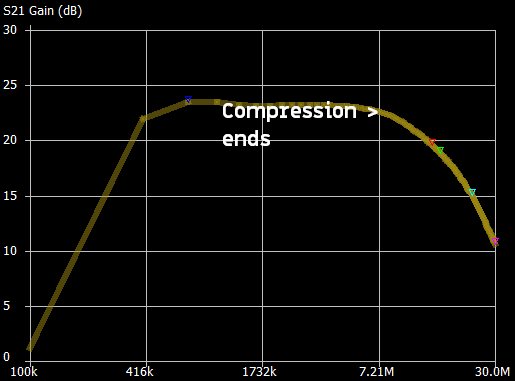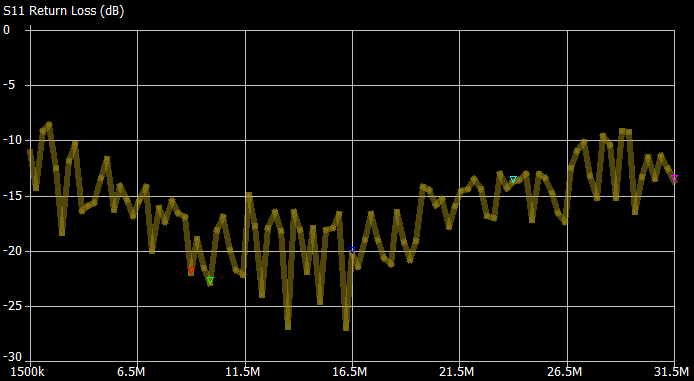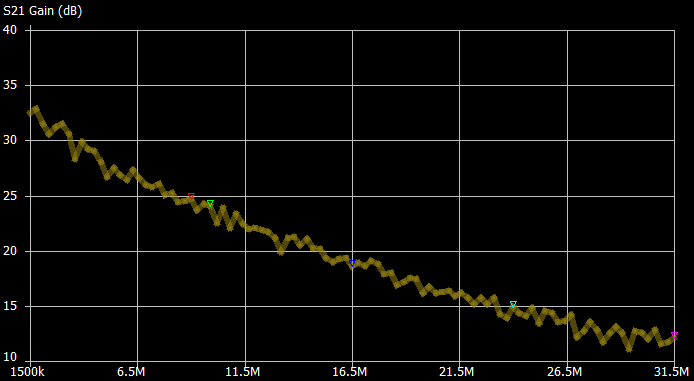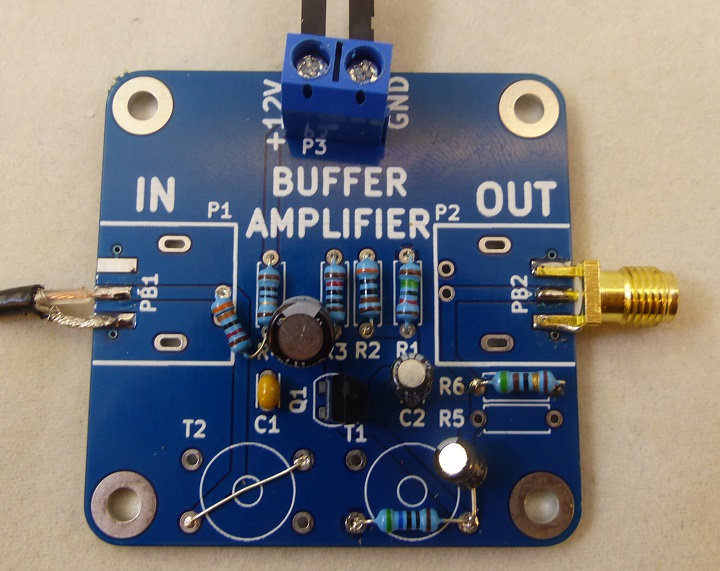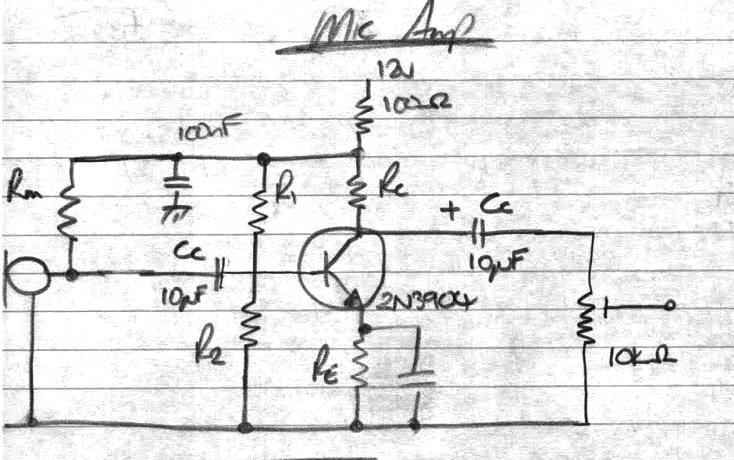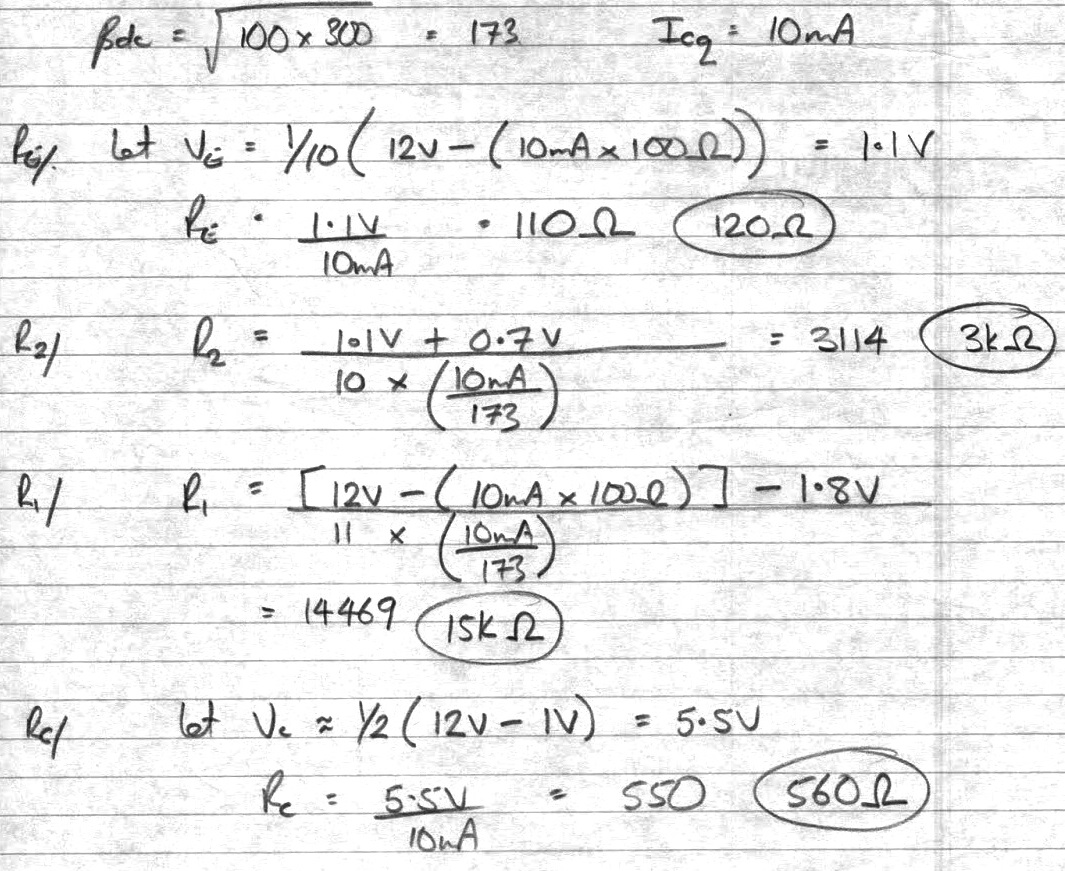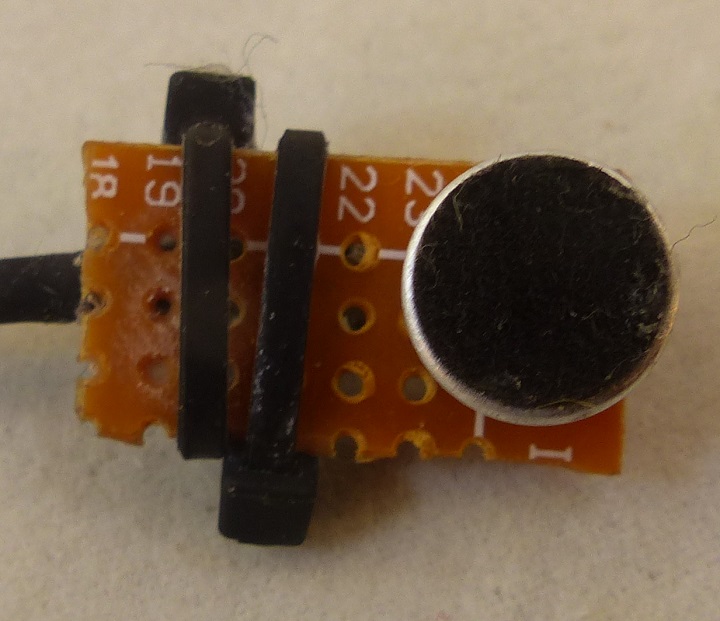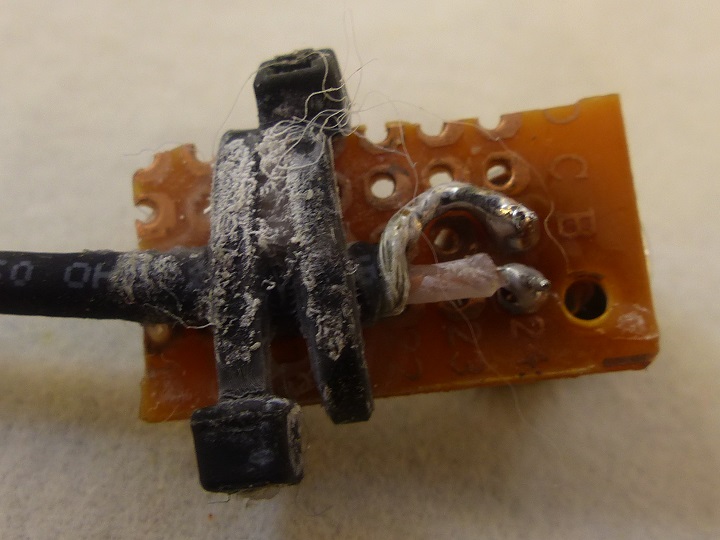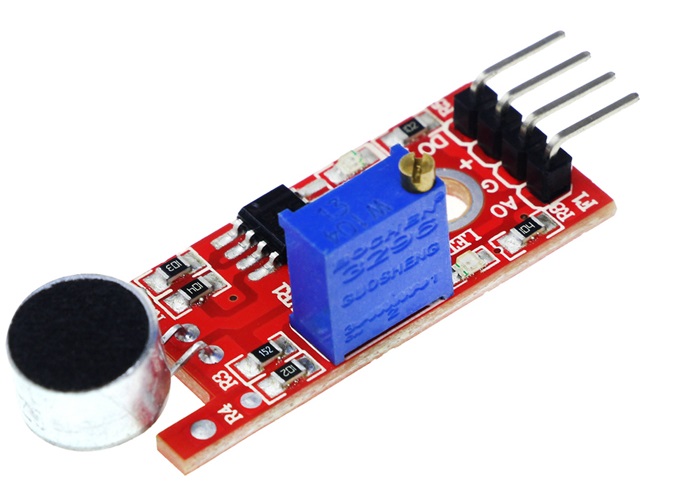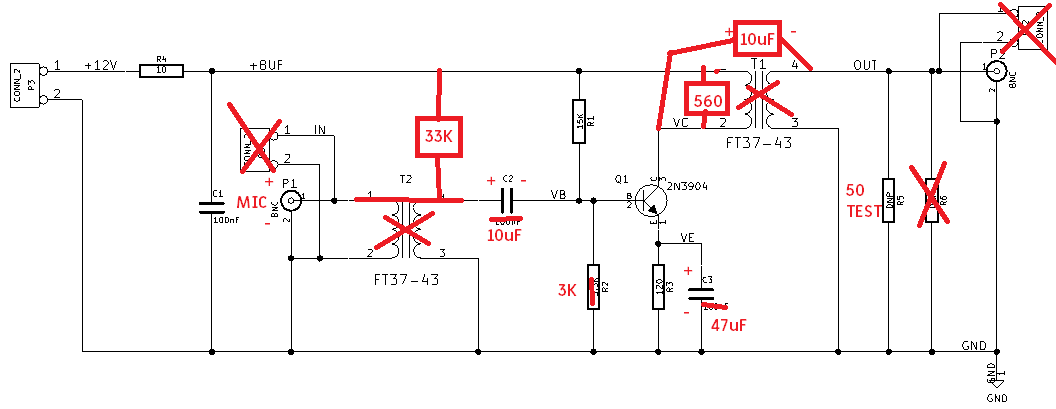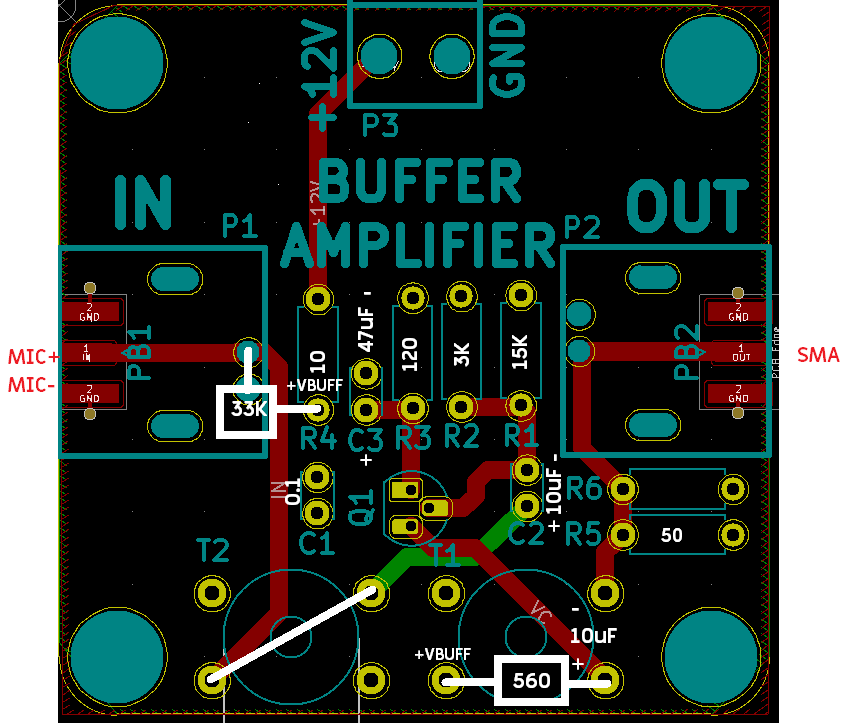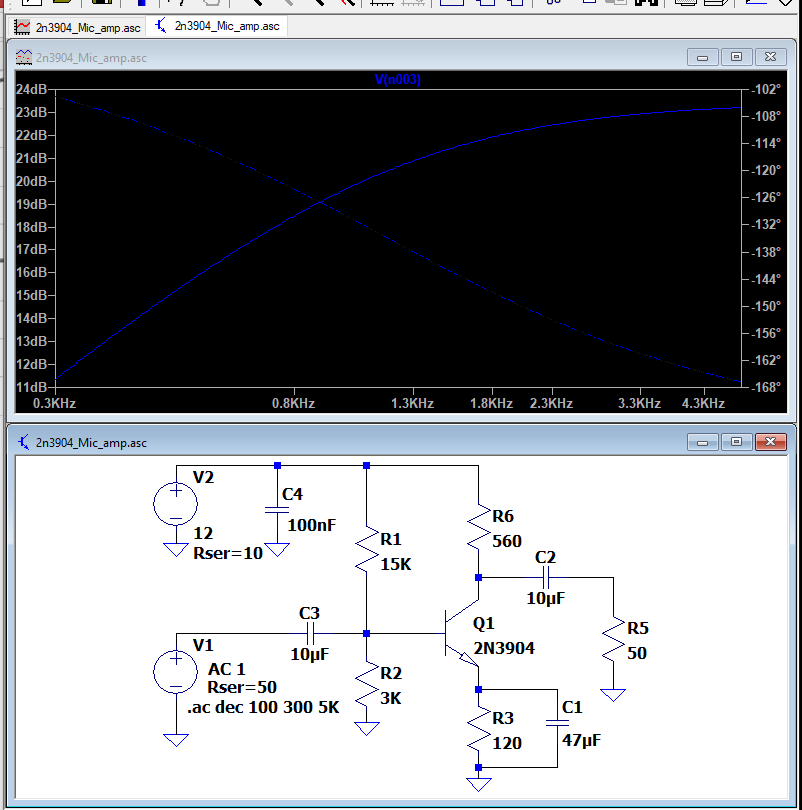Difference between revisions of "RF-Amp"
Jump to navigation
Jump to search
Blwikiadmin (talk | contribs) |
Blwikiadmin (talk | contribs) |
||
| Line 355: | Line 355: | ||
* 2.5V out with 12V supply | * 2.5V out with 12V supply | ||
| − | === Mic Amp | + | === Wiring up Mic Amp === |
* Electret Condenser Microphone | * Electret Condenser Microphone | ||
Revision as of 18:37, 15 November 2021
Contents
RF Amplifier Features
- Class A (Common Emitter) Amplifier
- Emitter resistor bypassed with capacitor for higher AC gain
- Transformer coupled input/output for impedance matching
- Capacitively coupled input
- Single 2N3904 NPN transistor
- Applications
- IF Amplifier
- Antenna Amplifier
- Microphone amplifier (with minor modifications)
- As RF Amplifier
- Measured Gain Bandwidth (GBW) of 150
- Measured Gain @7 MHz, +25.2 dB at 12V
- Measured Gain @9 MHz, +24.7 dB at 12V
- Measured Gain @30 MHz, +13.8 dB at 12V
- Input connectors: SMA, BNC, or direct solder coax
- +12V nominal power
- 12-14 VDC
- 5 mm terminal block for power
- 49x49mm card
- 4x 4-40 mounting holes
Source
- From Charlie Morris' (ZL2CTM) Go QRP Portable SSB Rig
- Charlie references Solid State Design for the Radio Amateur (pp 19-20)
RF Amplifier Design
Schematic
LT Spice Simulation
As Built - Rev 1
- LTspice Simulation - GitHub source file
- +28.4 dB at 9 MHz
Additional Resistor
- Insert 4.7 ohm resistor to emitter bypass capacitor
- Reduces maximum gain
- Increases gain over 1-30 MHz bandwidth
- Possible better for Antenna Amplifier application at lower frequencies
- +22.4 dB at 9 MHz
Charlie Morris Design Calculations
- From Charlie's notes with mods for my use
- Charlie Morris' (ZL2CTM) Go QRP Portable SSB Rig
- Charlie describes the design in detail in his video Simple SSB Rig: Part 6 - IF Amplifiers (Feb 2021)
- Based on the Class A RF Amplifier in Solid State Design for the Radio Amateur pp 19-20
- 2N3904 data sheet
- Emitter Resistance - helpful paper
Beta DC
- Geometric mean min/max beta at operating current
- =sqrt(100*300) = 173
Beta AC
- Gain bandwidth product divided by operating frequency
- Assume operating frequency of 9 MHz (IF frequency)
- = 300/9 = 33.3
DC Operating Point
- Max HFE RF gain at CE current of 10 mA
- If Vce = 6V, this is 60 mW power dissipation
- Assume Ve (voltage across emitter resistor) = 1/10 Vcc = 12V/10 = 1.2V
- R3 is Re (emitter resistor) = 1.2V/0.01A = 120 ohms
- VCE = 0.7V (typical from data sheet)
- V(emitter) at 10% of Vcc rule of thumb = 1.2V
- V(base) = V(emitter) + VCE = 1.9V
- Base current is collector current divided by Beta DC
- Biasing resistors = 10x current needed by base current
- 10 mA in C-E, beta DC less = 10 mA/173 = 58 uA
- 10x the current in the biasing resistors = 580 uA (calculated)
- R2 is 1.9V at 580 uA = 3.29K use 3.3K
- R1 sources current to R2 and transistor base
- Voltage = Vcc (12V) - 1.9V = 10.1V
- Current = 577 uA + 58 uA = 635 uA
- R1 = 10.1 / .635 mA = 15.9K, use 15K
Measured DC operating point
- Measured with no input
- Vcc = 11.96V
- Current draw = 12 mA
- Quick test for wiring and more or less correct parts
- Expected 11 mA - close enough
- +BUFF = 11.84V
- 0.12V which is 12 mA through R4 10 ohms - expected
- V emitter = 1.41V
- 1.41V/12 Ohms = 11.75 mA close to 12 mA total measured current
- V on input divider = 2.06V
- Vbase + 0.7V - close
- Measured Vbe = 2.06-1.41 = 0.65 - close
Input resistance
- Xc for 0.1uF cap from emitter to ground
- C=0.1uF
- F=10MHz
- 1/2*pi*F*C = 0.16 ohms
- Parallel resistors R1, R2 paralleled with transistor input impedance
- R1=15K, R2=3.3K
- Transistor resistance = Beta AC (33.3) times re
- re = 26 / Ie (10 mA in mA) = 26/10 = 2.6
- SSDRA uses 25 as constant - close enough
- 26 comes from Ebers-Moll approximation
- Beta AC * re = 33.3*2.6 = 83.3 ohms - predominates
- All in parallel are 80.8 ohms
Gain calculation
- Approximation
- Ic = 0.01A
- Rc = 200
- Vrc = 2V
- Gain = Vrc / vt
- vt = 26 mV at room temperature
- Gain = 2V / .026V = 79.2 V/V
- Gain = +37 dB
Input/Output Transformers
- Using FT37-43 Toroid
Tracks
Input Transformer
- Input Transformer (T1 on Charlie's - T2 on this board)
- Need to calculate turns ratio
- 50:80.8 Ohms
- n = sqrt(Zout/Zin)sqrt(80.8/50) = 1.27 turns ratio
- Turns choices
- Minimum number of turns
- Rule of thumb - want Xl (coil impedance smallest value) to be least 4-5X the load
- Load = 80.8 ohms
- 5 * 80.8 ohms = 404.2 ohms minimum
- More turns = larger capacitance and drops bandwidth
- Toroid is FT37-43
- From Toroid page
- Xl = 404.4 at 9 MHz is 4.5 turns, round up to 5
- Try nearest integer numbers turns ratios
- 5:6 = 6% error
- 6:8 = -4.6%
- 7:9 = -1.1% << good choice
- 8:10 = +1.7%
- 9:11 = +4.0%
- 10:13 = -2.19%
- Use 7:9 turns ratio for optimal input transformer
Output Transformer
- Output transformer (T2 on Charlie's - T1 on this board)
- T2 - different than Charlie's design since my Crystal filters are all 50 ohms in/out
- SSDRA suggest presenting 200 ohm load to the collector
- Can't find reference in SSDRA
- Reflecting back 50 ohms load to 200 ohm collector...
- 200:50 ohms
- n = sqrt(200/50) = 2.0:1 turns ratio
- 10:5 turns
- 10 turns primary (on transistor collector)
- 10 turns = 35 uH
- 5 turns secondary (towards output)
- 5 turns = 8.75 uH
- 15 turns = 9.5 in
- 10 turns primary (on transistor collector)
Charlie's Notes
NanoVNA Measurements
- Goal: Measure RF-Amp performance using a NanoVNA running NanoSaver software on PC
- S21 (gain) needs to be measured with a 40 dB attenuator on input to RF-Amp to avoid compression on the output
- S11 (reflection) input impedance can't be measured with input 40 dB attenuator because S11 just ends up measuring the attenuator
- Output should be terminated to 50 ohms for S11 measurement
- DC current = 12 mA
Measure S21
- Put 40 dB attenuator on RF-Amp input, measure S21 at output
- NanoVNA provides 50 ohm load to RF-Amp to properly terminate output
- Measure S21 with 9:11 input transformer
- S21 @ 100 KHz = -8 dB dB
- S21 @ 1.45 MHz = 35.4 dB (peak gain)
- S21 @ 9.1 MHz = 24.3 dB
- S21 @ 16 MHz = 20.1 dB
- S21 @ 30 MHz = 12.7 dB
- Peak gain justifies use of 40 dB attenuator to protect NanoVNA
LTspice vs NanoVNA
- LTspice simulation was pretty similar to NanoVNA results
- -10 dB at 100 KHz
- +32 dB at peak
- Lower output at higher frequencies
Measure Input Compression
- Is there compression if the NanoVNA drives the input directly?
- Test by driving directly from NanoVNA set to CW = 9 MHz
- Measured output with scope - not clipped at 9 MHz
- Approx. 1Vpp input = +22.1 dBm gain which matches the S21 with the attenuator on the input
- Vpp = 12.4V with 50 Ohm load resistor
- Starts clipping at 7 Mhz and down
- Therefore, can measure input impedance at 9 MHz
- Other evidence of compression
- Compare S21 gain with no input attenuator, put external 40 dB RF Attenuators on output of RF-Amp to protect NanoVNA input
- S21 shows lower gain in lower frequencies so clipping/compression is happening
- Was: 35 dB at 1.4 MHz
- Is: 23.1 dB at 1.5 MHz
- Due to compression can't accurately measure lower frequencies with attenuator at output
- Compression below 7 MHz matches what was on scope
W2AEW S11 Measurement Method
- Can't drive the RF Amp directly from the NanoVNA
- High output level from the NanoVNA overdrives the RF Amp
- W2AEW provides a way of driving the RF Amp card without overdriving and still measure S11
- Calibrate NanoVNA using External 30 dB Attenuator
- See W2AEW #337 video above
- Insert 30 dB attenuator and calibrate with attenuator installed
- Open/sort/thru at the output side of the attenuator using NanoVNA RF Demo Kit
- NanoVNA RF Demo Kit has similar connectors, etc to RF Amp
- Scan 1-30 Mhz
- Overdriven at 1 MHz which "swamps" the RF Amp
- Re-calibrated at 1.5-31.5 MHz
- Peak gain at 1 MHz = 32 dB
- Does not overdrive the Amp or NanoVNA
- Downsize is a lot of noise in the return loss
- Peak gain at 1 MHz = 32 dB
- Tested two units
- Unit 1 has a 7:10 input transformer (T2) ratio
- Unit 2 has a 7:9 input transformer (T2) ratio
Unit 1
- 9 MHz measurements
- VSWR = 1.172
- S11 (Return Loss) = -22.014 dB
- S21 (Gain) = +23.624 dB
Unit 2
- 9 MHz measurement
- VSWR = 1.182
- S11 (Return Loss) = -21.565 dB
- S21 (Gain) = +24.656 dB
- 20 dB gain at 15 MHz
- Gain Bandwidth (GBW) = ~150
- GBW is a good predictor of gain at particular frequencies
- Calculated Gain of 14 dB at 30 MHz - measured at +12.8 dB
- Measured at +26 dB at 7 MHz
Compare RF Amp vs Kits and Parts Amp
- RF-Amp
- 2N3904 transistor
- Ft is is 300
- Measured at 150 GBW
- Kits and Parts - Universal Wideband Small Signal RF Amplifier
- 2SC5551A transistor
- Much higher Ft 3.5 GHz
- Gain is much flatter over bandwidth
- 1.5 Mhz = 26.6 dB
- 30 Mhz = 24.9 dB
- Gain is much flatter over bandwidth
- Good as broadband amplifier
- Both would be equivalent at 9 MHz as IF Amp
- Kits and Parts would be better as Antenna Amplifier
- RF Amp card current draws 11 mA
- Kits and Parts card current draws 30 mA
Modified to use as Microphone Amp
- Charlie's video
Charlie's Schematic/Calculations
- Charlie's page
- This was from a couple of months later than the video
Test with Electret Microphone
- Charlie assume voltage/current - didn't measure
- Chose to determine Electret operating point through measurement
- DC powered
- AC coupled output
- 13.8VDC (max) power
- Attach decade resistor box
- Adjust resistance to get 4V across mic at 13.8 VDC supply
- Selected value = 33K pullup to 13.8V gets 4V across mic
- 2.5V out with 12V supply
Wiring up Mic Amp
- Electret Condenser Microphone
- Removed from KY-037 microphone (Arduino sensor card)
- Install Electret Condenser Microphone on small perf board
- Cable using 18" RG-174 coax to input of RF Amp card
Schematic Mods
- No transformers
- transformers replaced by passives/jumpers
- R1 - 15K = OK
- R2 - 3K (small difference vs 3.3K on RF Amp)
- R3 - 120 = OK
- R5 - 50 ohms
- Install R5 to simulate balanced modulator 50 Ohm load
- Install R5 on long leads to easily remove
- T1 primary winding - 560 ohm
- C1 - 0.1 uF
- C2 - 10 uF
- C3 - 47 uF
- Add capacitor from Vc point (transistor collector and 560 ohm resistor) to T1 output side
- Install output SMA connector
Tested
- In application output goes to Balanced Modulator
- Output level should be +7dBm for ADE-1 Mixers
- Tested into AudioAmp386 - works
Mic Amp LTspice Simulation
- Low frequency response can be improved by increasing the value of the emitter bypass capacitor
Video
